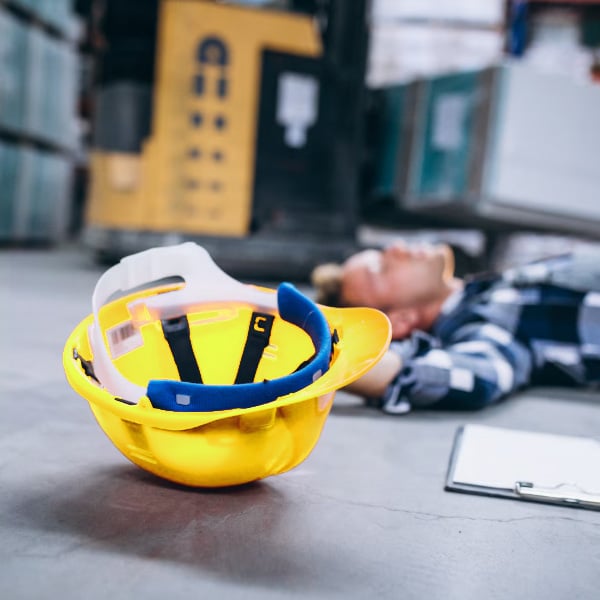Pallet Racking Safety UK
Pallet racking systems are the backbone of modern warehouses, distribution centres, and storage yards. They allow businesses to store large volumes of goods safely and efficiently, but when not properly installed or maintained, racking becomes a major safety risk. In the UK, strict regulations apply to warehouse storage systems to ensure the protection of staff and inventory. Understanding pallet racking safety UK standards to be precise, conducting regular inspections, and following best practices are essential for compliance and will give you peace of mind.

S.E.M.CO are full members of SEMA (Storage Equipment Manufacturers Association), with our installation and inspection teams fully SARI (SEMA Approved Rack Inspector), and SEIRS (Storage Equipment Installers Registration Scheme) registered.
Why Pallet Racking Safety Matters
Warehouse accidents involving racking systems can cause serious injuries, product loss and even warehouse shutdowns. Bent uprights, missing safety pins, and overloaded racks may seem like minor issues, but they can quickly escalate into structural failures.
The UK’s Health and Safety Executive (HSE) recognises pallet racking as “work equipment” under PUWER (Provision and Use of Work Equipment Regulations 1998), which means employers have a legal duty to keep racking fines, or liability in the event of an accident.

Key UK Registrations on Pallet Racking
PUWER (Provision and Use of Work Equipment Regulations 1998):
PUWER applies to all equipment used at work, including racking. It requires employers to ensure that storage systems are:
- Suitable for use.
- Maintained in a safe condition.
- Regularly inspected by the sites PRRS (Person Responsible for Racking Safety) as well as a qualified SARI (SEMA Approved Racking Inspector).
SEMA (Storage Equipment Manufacturers Association) Guidelines:
SEMA sets the recognised industry standards for racking design, installation, and inspection. Businesses are strongly advised to use SEMA Approved Racking Inspectors (SARIs) for annual inspections as well as SEIRS Qualified Installers for the installation of racking.
HSE Guidance:
HSE recommends three levels of inspections:
- Daily or weekly user checks.
- Monthly supervisory checks.
- Expert annual racking inspections.
Best Practices For Pallet Racking Safety
At S.E.M.CO, here some of the best practices that we suggest for pallet racking safety:
- Regular Inspections: Carry out visual checks for damage after forklift impacts, leaning racks, or missing components.
- Load Notices: Every racking installation must display its maximum load capacity.
- Rack Protection: Install upright guards, end barriers, and anti-collapse mesh where appropriate.
- Staff Training: Ensure forklift drivers and warehouse staff are trained in correct loading and unloading procedures.
- Clear Aisles: Keep racking aisles free of obstructions to avoid forklift collisions.
- Maintenance: Promptly repair any damage identified during checks.
FAQs About Pallet Racking Safety UK
How Often Should Racking Be Inspected?
Do I legally need an annual inspection?
What happens if my racking fails an inspection?
Can my staff carry out inspections?
Book a Racking Inspection with S.E.M.CO
At S.E.M.CO, we provide expert pallet racking inspections across the UK. Our in-house, SEMA-trained team ensures your warehouse is compliant, safe, and future-proof. Get in touch today to know more and book a racking inspection.
